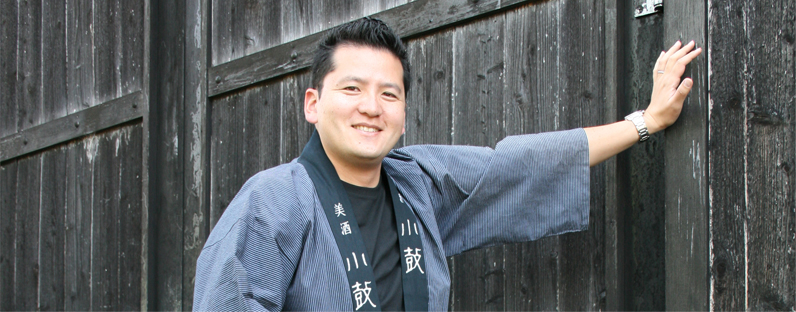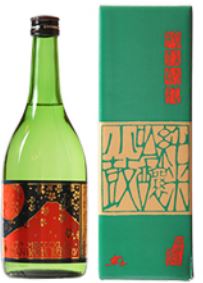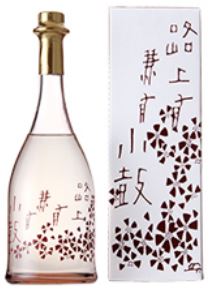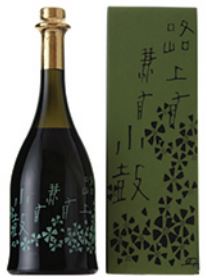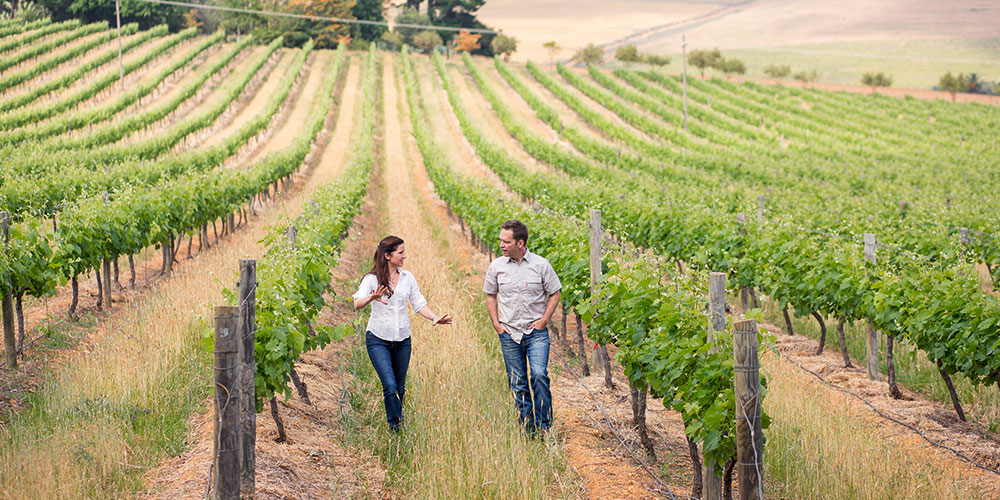Founded by the Nishiyama family in 1849, the sake brewery Nishiyama Shuzo is located in the heart of Hyogo Prefecture, one of the finest sake regions in the country. While sake from Hyogo is most famously associated with a cluster of huge sake breweries all built on a famous water source close to the port of Kobe, Nishiyama is a small house quietly dedicated to craft production. Located deep in the mountains, their house brand Kotsuzumi is unique and distinctive, more artistic than industrial, and the culture of the brewery overlaps with traditions of visual arts and poetry. The name Kotsuzumi (“little drum”) itself was coined by a famous poet friend of the Nishiyama family. While enjoying the sake with them at the family estate he composed a poem on the spot that spoke to the energy and power in his cup, calling it a little drum.
While the southern edge of Hyogo borders a bay that opens into the Pacific Ocean, most of the prefecture is crisscrossed by mountains with villages and settlements tucked into narrow valleys. The network of narrow valleys hold microclimates that perfectly nurture the finest sake rice varietals in the world. Rice types like the native Yamada Nishiki respond best to both the rich mineral content of the mountains and the perfect shift in nighttime and daytime temperatures that allows the grains to grow fat and well-structured for premium sake. Sake producers from around the country seek out Hyogo grown rice at auction, reserving it for the most delicate, expressive and high end Junmai Daiginjo and competition level Daiginjo sake. Nishiyama takes full advantage of its unique location, growing much of the rice for their sake themselves in an estate style system that is unusual for sake makers.
The brewery itself is tucked into a side valley in the town of Tamba, deep in the heart of sake country. The rice paddies that surround the brewery draw their water from the same source as the brewery, the mineral rich Takeda River, whose distinctively rich flavor shapes their sake.
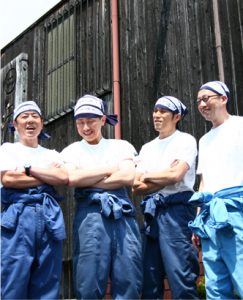 The culture of Tamba is uniquely suited to sake brewing, being the birthplace of the Tamba toji. Considered one of the three major brewing guilds of Japan, the Tamba toji are a collective of master brewers and sake workers who incorporated in the 18th century to share techniques and improve methods, and are largely responsible for modernizing the craft of sake making and elevating it to an art. While teams of Tamba guild brewery workers would be hired by breweries around the country to complete seasonal sake production, Tamba and northern Hyogo remained their hometown and local breweries like Kotsuzumi reap the benefits of so much local expertise.
The culture of Tamba is uniquely suited to sake brewing, being the birthplace of the Tamba toji. Considered one of the three major brewing guilds of Japan, the Tamba toji are a collective of master brewers and sake workers who incorporated in the 18th century to share techniques and improve methods, and are largely responsible for modernizing the craft of sake making and elevating it to an art. While teams of Tamba guild brewery workers would be hired by breweries around the country to complete seasonal sake production, Tamba and northern Hyogo remained their hometown and local breweries like Kotsuzumi reap the benefits of so much local expertise.
It is a unique experience to taste through the range of offerings from Kotsuzumi, to understand the subtle changes from one rice type to another. The “Rojo Hana Ari” or literally “Bloom on the Path” series of sake show a unique expression of rice and terroir. Each sake in the series is made in the exact same manner, on the same equipment, with identical yeasts, microbes, water and skill. All of the rice grains are polished to exactly half their original size to make them Junmai Daiginjo, with the only difference being the varietal of rice.
True to the poetic legacy of the brewery, the name of each “Bloom on the Path” Junmai Daiginjo sake refers to a different flower or natural expression encountered as you wander along that path. The “Hanafubuki” or “Shower of Blossoms” is made from Gohyaku Mangoku rice, noted for its clean and direct structure with a slightly earthy and bitter quality, uniquely suited to food. The Tohka “Peach Bloom” is a soft orange in color from Hattan Nishiki rice, a mellow, rich and slightly sweet varietal usually used for big powerhouse styles of sake but here kept light and delicate. Lastly the Kurobotan “Peony Shadow” features Tajima Goriki, a uniquely local rice type that is given a truly unique expression here, with notes of fennel and herbs like sage and rosemary supported by a savory base flavor not unlike mushrooms braised in soy sauce. These sake all sit in contrast to the sake from Hyogo’s biggest and most famous producers; instead of being bold and fabulously rich they are light and poetic.
One final example of Nishiyama’s commitment to creative expression is their longtime collaboration with the celebrated artist Hirosuke Watanuki. Sourcing beautiful and unique bottles from Italy, his expressive and minimalist designs are etched directly on the glass. Even after the poetry-inspired sake is gone, the vessels themselves remain as works of art.
Kotsuzumi ‘Hanafubuki Shower of Blossoms’ Junmai Daiginjo Sake
The ‘Hanafubuki’ Junmai Daiginjo is made from Gohyaku Mangoku rice polished to 50%, all of the rice sourced locally, with the brewery growing as much of it as they can themselves. A gorgeous medium-light bodied sake with notes of mushrooms and fresh herbs.
Kotsuzumi ‘Rojo Hana Ari Tokha Peach Bloom’ Junmai Daiginjo Sake
50% polished estate-grown Hattan Nishiki rice, which is a local rice to Tamba in the Hyogo Prefecture where Kotsuzumi is produced. All of the rice is from the estate.
“Tohka” has a comfortable sweetness derived from the rice umami with an all-enveloping, viscous berry and fennel notes that skirt ethereal enchantment.
Kotsuzumi ‘Rojo Hana Ari Kurobotan Peony Shadow’ Junmai Daiginjo Sake
50% polished estate-grown Tajima Goriki rice, which is a difficult to grow, low yielding rice variety. It is tall, big, and grows slowly so it is easily damaged when typhoons come into the area. This is all estate-grown and they use no fertilizer or pesticides, basically practicing organic.
“Kurobotan” is well-rounded and powerful. Not only does it go well with raw fish dishes; it also pairs nicely with lightly grilled meat dishes due to its glycerol edge tethered to a refreshing sharpness that carries its power alongside a wide variety of beautifully prepared cuisine.




